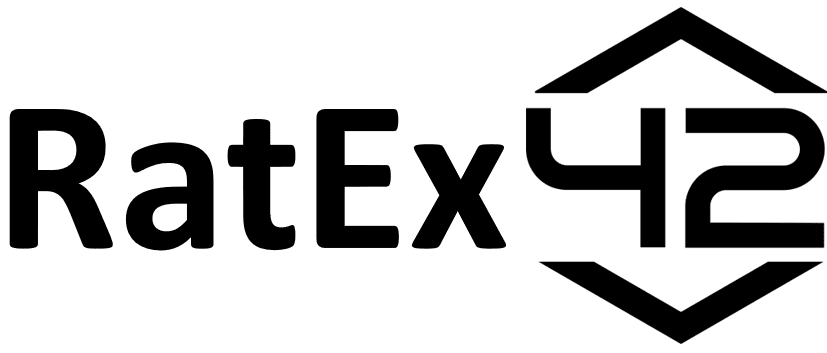On July 1, 2024, the German Federal Financial Supervisory Authority (BaFin) released new guidelines under the Markets in Crypto-Assets Regulation (MiCAR). Since June 30, 2024, BaFin has extended its supervisory duties to include issuers of crypto assets. This move aligns with the EU’s MiCAR framework, designed to foster innovation while mitigating risks in the fast-evolving crypto market.
New Supervisory Roles
BaFin now oversees issuers of asset-referenced tokens (ART) and e-money tokens (EMT). The primary objectives are to enhance investor protection, prevent money laundering and terrorist financing, and ensure market integrity and financial stability. The regulation mandates that issuers of these tokens be authorized by national supervisory authorities and maintain transparent whitepapers and adequate asset reserves.
Categories of Crypto Assets
MiCAR classifies crypto assets into three categories: e-money tokens, asset-referenced tokens, and other tokens (including utility tokens). Each category entails specific legal obligations. While the regulations for e-money and asset-referenced tokens are already in effect, those for other tokens will be enforced starting December 30, 2024.
- Asset-Referenced Tokens (ART): These are stable in value due to linkage with other assets like gold or currencies. Issuers must be EU-domiciled, prepare a detailed whitepaper, and maintain sufficient asset reserves.
- E-Money Tokens (EMT): These tokens are tied to official currencies and can only be issued by e-money or credit institutions. Issuers must ensure redeemability at nominal value and provide comprehensive whitepapers.
- Other Tokens: all other tokens, including utility tokens.
Compliance and Risk Mitigation
BaFin’s ZK unit, which is responsible for overseeing payment institutions and crypto custody, will lead the implementation of MiCAR in Germany. This unit will ensure that whitepapers meet all formal and substantive requirements and verify the integrity of issuers’ asset reserves. Regular reporting and annual audits will help monitor compliance and manage liquidity risks.
Focus on Cyberfinance Rating
Given the rapid expansion of the crypto segment and the proliferation of non-compliant and dishonest providers, PayRate42 will intensify its focus on crypto compliance. This strategic emphasis aims to promote transparency and integrity within the market, protecting investors from potential fraud and misconduct.
International and Domestic Coordination
BaFin’s new regulatory framework is part of broader efforts to integrate crypto markets with traditional financial systems while mitigating associated risks. The German authority is collaborating closely with the European Banking Authority (EBA), the European Securities and Markets Authority (ESMA), and other international bodies to align MiCAR with global standards.
Future Developments
BaFin is also preparing for the application of Title V of MiCAR, set to commence on December 30, 2024. This phase will address the notification procedures for supervised institutions, the transfer of existing licenses, and ongoing application processes. The consultation on the Crypto Markets Supervision Act (KMAG) as Germany’s complementary legislation to MiCAR is ongoing, further detailing BaFin’s regulatory powers.
Conclusion
MiCAR represents a significant advancement towards establishing a robust regulatory framework for crypto markets in Europe. However, as BaFin acknowledges, the dynamic nature of the crypto sector demands continuous regulatory adaptation. The agency’s proactive stance and close cooperation with international standard-setters underscore its commitment to maintaining market integrity and investor trust.
